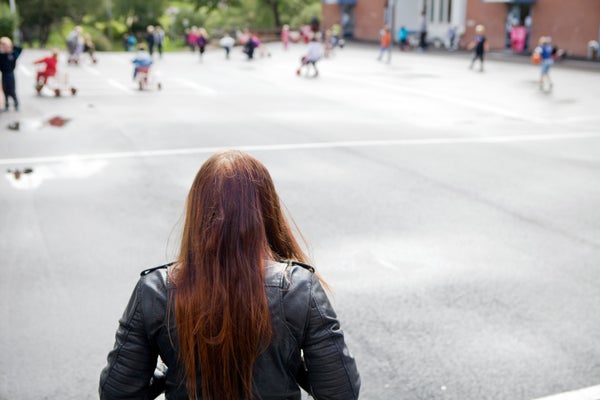Roughly 50 percent of all mental health conditions begin before people are in their mid-teens even though most go undetected and untreated. Adding to this, suicide is one of the top causes of death in young adults. The unprecedented disruptions of the pandemic has aggravated such problems, especially for younger age groups. All of these factors mean there is no better time to support and strengthen mental health education among teenagers.
In response to these needs, the World Health Organization has recently recommended several evidence-based interventions to protect and promote the mental health of adolescents by strengthening interpersonal and emotional regulation skills. A recent review of literature also suggests ways in which children and young people could be helped by the digital delivery of mental health interventions.
One of the most effective ways of implementing mental health education is through school systems, either as a course module within a class or as a separate class within the school. A lot of research has shown the effectiveness of these programs, but we need continued studies to further develop the best curricula to put in place to supplement existing social and educational programs.
On supporting science journalism
If you're enjoying this article, consider supporting our award-winning journalism by subscribing. By purchasing a subscription you are helping to ensure the future of impactful stories about the discoveries and ideas shaping our world today.
The addition of technology and digitization will ensure more personalization, active participation and the ability to provide greater outreach at affordable costs. The Live Love Laugh Foundation, a mental health nonprofit organization in India, started an adolescent mental health program called You Are Not Alone in 2016. This program aims to educate adolescents and their teachers about stress, anxiety and depression. It also suggests tips to build resilience, provide access to support and normalize conversations about mental health within school settings.
So far, the program has educated more than 200,000 students and 20,000 teachers across the country. Results from a survey revealed that 76.6 percent of students had not attended a mental health awareness session previously. And 90 percent of the students, parents and teachers who responded from 32 schools across 10 Indian states were keen to have mental health sessions conducted. In the wake of the pandemic, this program is being digitized with an educational technology partner to cater to the vast number of Indian teens using a virtual learning platform. A facilitator delivers the session using a designated module while students learn and interact using quizzes, polls, and so on.
Another example is a program run by the Mental Health Association in New York State (MHANYS). In 2016 New York passed a law that made it mandatory for schools to provide mental health instruction as part of K–12 health education. The program offers a component to educate families and caregivers about youth mental health by providing access to webinars and other online resources to promote greater understanding of mental health and to support wellness for the whole family. It is intended to serve as a model for other cities and even for whole countries to follow.
The key factors that determine the success of a digital program are an entertaining design, a high level of interactivity for its users, an ability to reach large numbers of students across diverse regions, availability in numerous languages, and economic sustainability through low-cost or free access. These steps could enable a program to reach nearly two billion children globally, most of whom are in low- and middle-income countries.
To make these projects succeed, organizers must encourage public-private partnerships, collaborations with technology and social media companies, and recruitment of celebrities and other social icons as endorsers. If these elements all coalesce, we can create a revolution in mental health education for teens.
IF YOU NEED HELP If you or someone you know is struggling or having thoughts of suicide, help is available. Call the National Suicide Prevention Lifeline at 1-800-273-8255 (TALK), use the online Lifeline Chat or contact the Crisis Text Line by texting TALK to 741741.
This is an opinion and analysis article, and the views expressed by the author or authors are not necessarily those of Scientific American.
